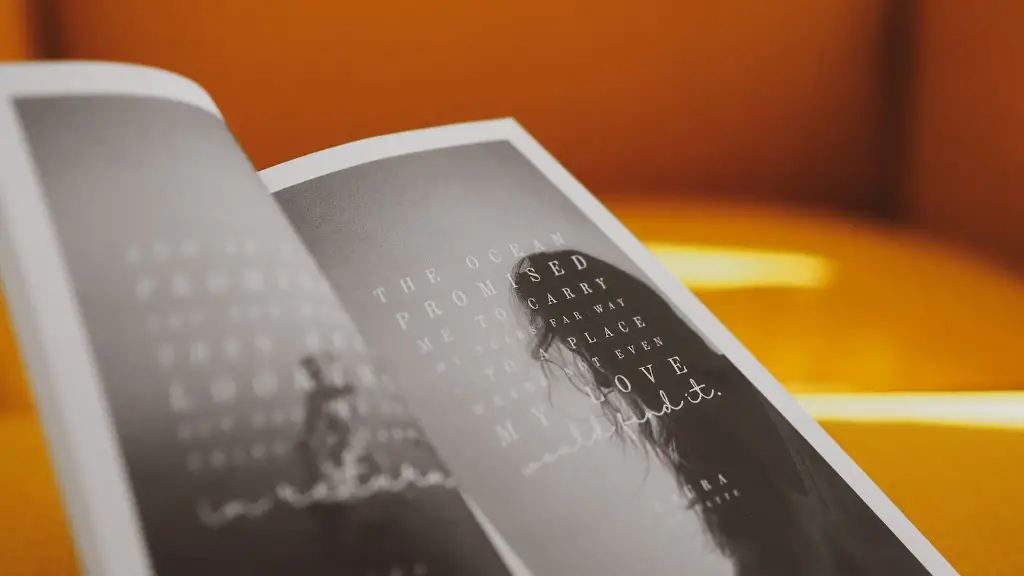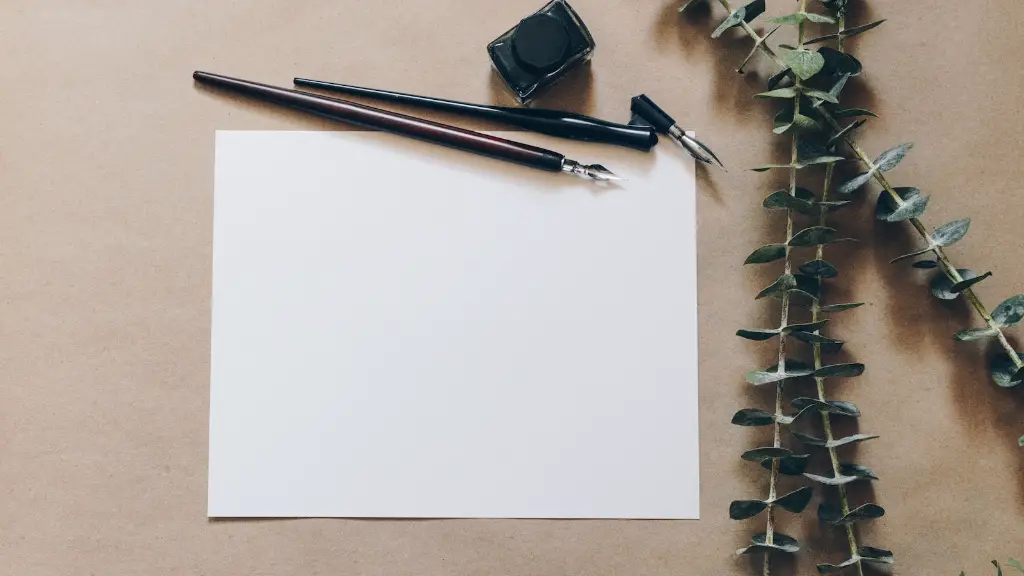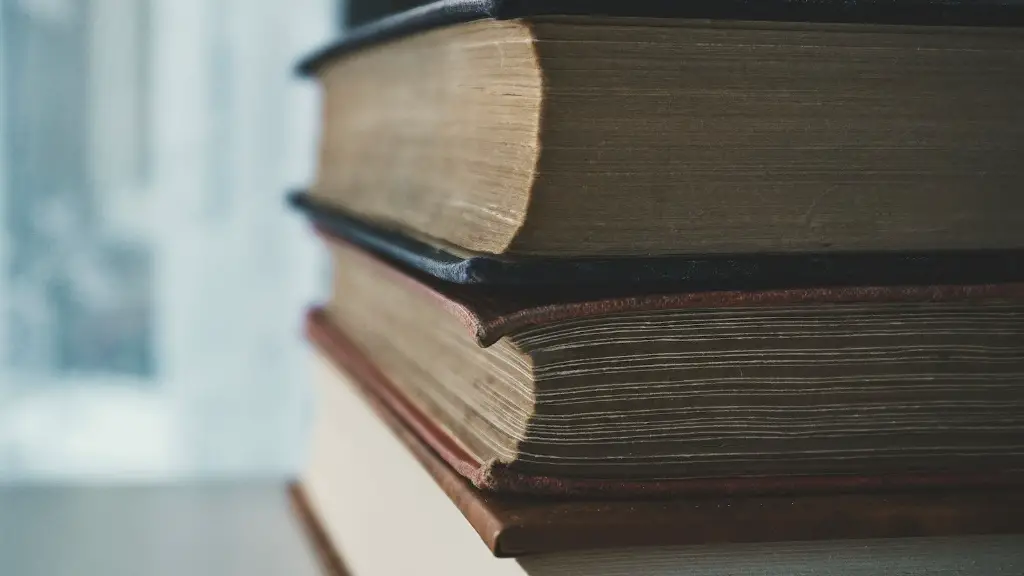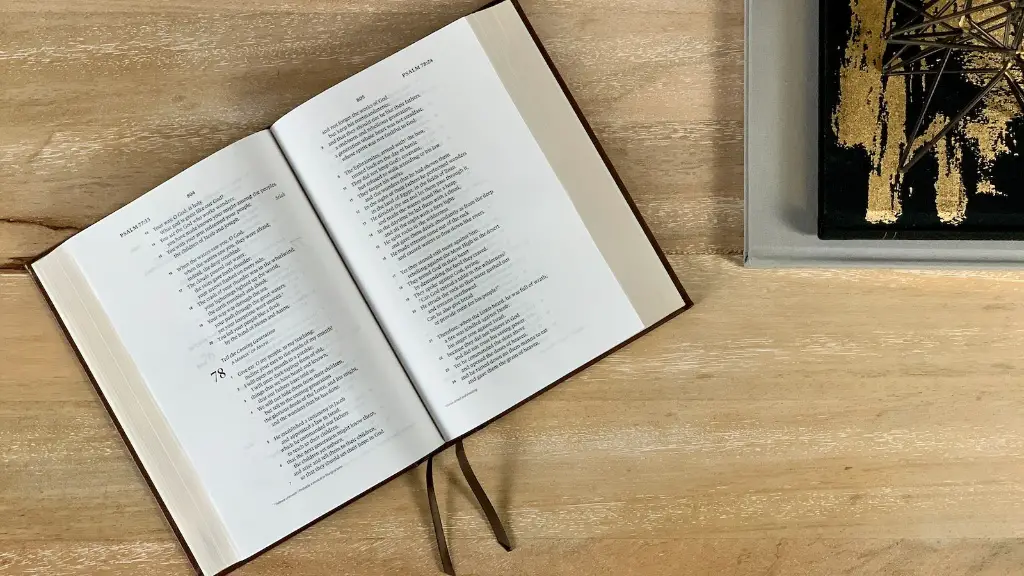Introduction
Poetry is an art form with its own unique elements and language. It is often defined as the use of words used to explore and express emotions, moods, and thoughts. Although poetic forms have evolved over time, some core elements form the foundation of nearly all poetic expression. These include rhythm, imagery, figures of speech, sound system, rhyme, and line length. Together, these elements contribute to the overall effect of a poem.
Rhythm
Rhythm is the organized pattern of stressed and unstressed syllables in a poem. It is often described as the “beat” of a poem and is important in creating its form and structure. In music, rhythm is created by alternating between loud and soft sounds, often arranged in patterns. Similarly, in poetry, the order of adjacent syllables plays a critical role in determining the poem’s overall sound and flow. Different poetic genres feature their own rhythmic structures and patterns, many of which date back to ancient times.
Imagery
Imagery is the use of vivid and descriptive language to evoke emotion in readers. Poets use word pictures and figures of speech to draw pictures in the reader’s mind. By describing a scene or a feeling in great detail, poets can evoke strong emotional responses in the reader. Examples of imagery include metaphors, similes, and personification. By combining imagery with rhythm and form, poets can create powerful poems that resonate with readers.
Figures of Speech
Figures of speech are words or phrases used to emphasize a certain point. They can often be used to create irony or contrast in a poem. Common figures of speech include metaphors, similes, hyperbole, and alliteration. By juxtaposing certain words or phrases, poets can add depth to a poem and make it more evocative. Poets use figures of speech to add meaning and evoke emotion in their readers.
Sound System
The sound system of a poem is its musicality or rhythm. It is the sum of the poem’s syllables, vowels, consonants, and pauses. Poets use a variety of techniques, such as onomatopoeia, alliteration, and assonance, to create a sonic effect. This contributes to the overall flow of the poem and creates an emotional resonance in the reader. A good sound system can make a poem more enjoyable and easier to understand.
Rhyme
Rhyme is the repetition of similar sounds at the end of two or more words. It is often used to add musicality, to emphasize a certain point, or to provide contrast between two ideas. Although rhymes are often used in poetry, they are not essential. Many poets choose to write without including rhymes in their compositions.
Line Length
The length of the lines of a poem can contribute to its overall effect. For example, long lines contribute to a sense of gravity, while short lines can create an energetic and dynamic feeling. Line length also interacts with other poetic elements, such as imagery, rhythm, and rhyme. By playing with these elements, poets can create new and innovative forms of expression.
Conclusion of Essential Elements of Poetry
Overall, poetry is an art form with its own unique set of elements. These elements include rhythm, imagery, figures of speech, sound system, rhyme, and line length. Each element affects the overall effect of a poem and contributes to its emotion and beauty. By mastering these elements, poets can create meaningful and evocative poems that resonate with readers and create an emotional impact.
History of Poetry
The history of poetry is as long and vast as humanity itself. Since ancient times, people have been writing and performing poems to express their thoughts and feelings, or even to spread news. From narrative epics to literary sonnets, poetry has developed many forms and conventions over the centuries. In some cultures, poetry has become a way of life, with its own specific language and traditions.
Impact of Poetry on Society
Poetry has always had a great impact on society. Throughout history, it has been used to reflect and comment on the events of the times, to spread news and information, or to provide solace and comfort in difficult times. Poems can be used to highlight important topics and issues, often expressing feelings and emotions more powerful than prose. In this way, poetry can connect and engage people with shared experiences and values.
Modern Poetry
Modern poetry has diverged from its traditional forms and conventions. Poets now use a wide range of forms, structures, and topics to express their ideas. In addition, advances in technology have allowed for more experimentation with sound and imagery. By breaking away from the boundaries of traditional poetry, modern poets are free to explore and create in new ways.
Relevance of Poetry Today
The relevance of poetry in the modern world is clear. Poetry can express and capture ideas and feelings in a way that prose often cannot. It is a powerful tool for communication and for connecting with others. Through poetry, we can express our shared humanity, our joys and sorrows, and our dreams. Poetry is timeless and can be used to explore and communicate ideas in powerful and creative ways.



